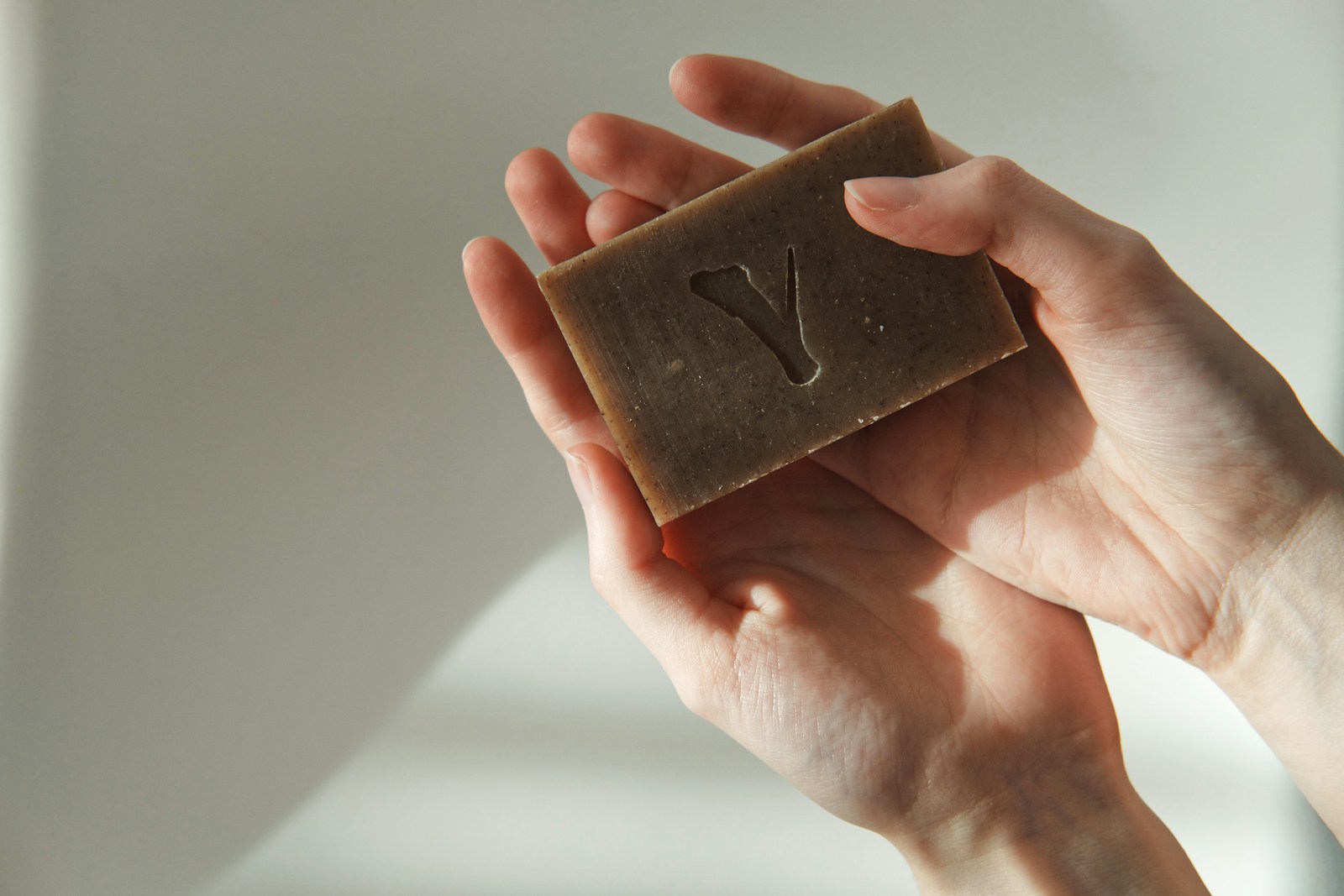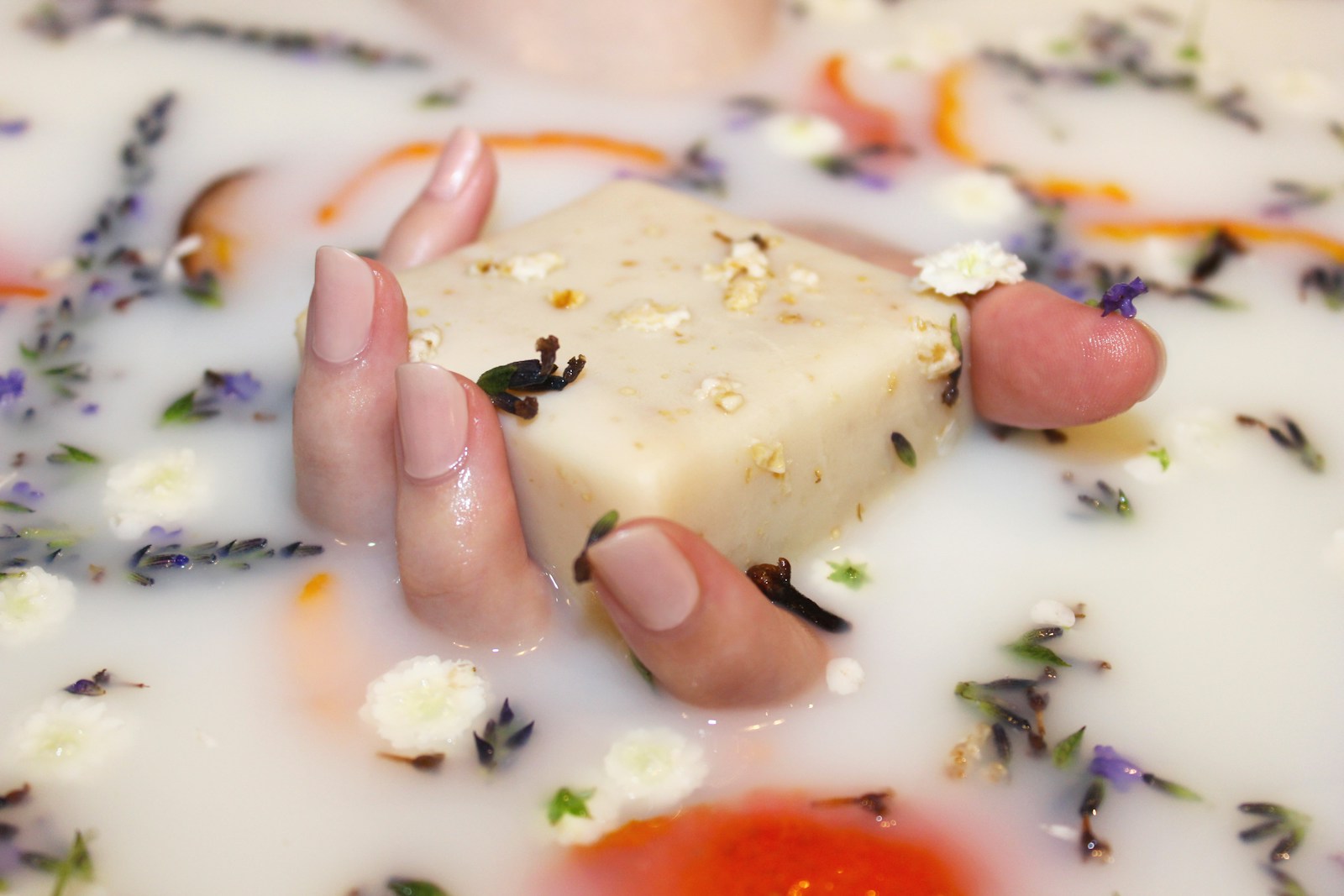Soap making is a fun and rewarding hobby that allows you to create unique and personalized soaps tailored to your preferences. Whether you are interested in making soap for personal use or as a thoughtful gift for friends and family, learning the art of soap making can be a fulfilling experience. In this guide, we will provide you with tips and insights to help you become your own soap making expert.
When it comes to making soap, there are a few key ingredients and tools that you will need to get started. The basic components of soap include oils or fats, lye (sodium hydroxide), and water. These ingredients are combined through a process called saponification, which is the chemical reaction that creates soap. Additionally, you will need molds to shape your soap, a mixing bowl, a stirring utensil, and safety gear such as gloves and goggles to protect yourself from the caustic nature of lye.
One of the most exciting aspects of soap making is the ability to customize your soaps with different scents, colors, and additives. Essential oils and fragrance oils can be added to create beautifully scented soaps, while natural colorants such as mica powders, clays, and herbs can be used to give your soap a unique look. Additives like oatmeal, honey, and activated charcoal can also be incorporated to provide additional benefits to your skin.
When making soap, it is essential to follow safety precautions to ensure a successful and hazard-free process. Always work in a well-ventilated area and wear protective gear to shield yourself from any potential splashes or fumes. When handling lye, be sure to add it to water slowly and carefully to prevent splattering, and never add water to lye as it can cause a dangerous reaction. It is also crucial to use a reliable soap making calculator to accurately measure and blend your ingredients for the best results.
To create a basic soap recipe, you will need a combination of oils or fats, lye, water, and any desired additives. The process involves melting the oils, mixing the lye solution, and combining the two mixtures until they reach trace, which is when the soap batter thickens to a pudding-like consistency. At this point, you can add your scents, colors, and additives before pouring the mixture into molds to set. After a period of curing, typically 4-6 weeks, your soap will be ready to use.
Experimenting with different ingredients and techniques is part of the fun of soap making, so don’t be afraid to get creative and try new things. Whether you prefer a simple and natural soap or a vibrant and fragrant one, the possibilities are endless when it comes to making soap. With practice and patience, you can become your own soap making expert and enjoy the satisfaction of using handcrafted soaps that you have created yourself.
In conclusion, soap making is a delightful and fulfilling hobby that allows you to express your creativity and pamper yourself with luxurious, customized soaps. By following the tips and guidelines provided in this guide, you can embark on your soap making journey with confidence and skill. Whether you are interested in making soap for personal use or as a thoughtful gift, the art of soap making offers endless possibilities for crafting beautiful and fragrant soaps that will delight your senses and nourish your skin.





